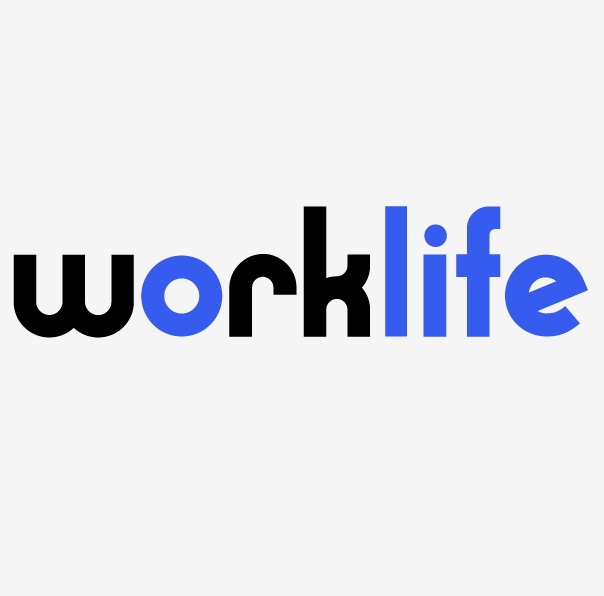Many employers had targeted the unofficial end of summer as the artificial end to this whole remote work thing. But as we have now crossed that threshold and employees have packed up their summer white Zoom outfits, there still remain significant impediments to the return to many workplaces. A recent survey of 1,200 employees found that 70% were reluctant to return to work and 43% are considering seeking a leave of absence. Ironically, this year, mom and dad have joined the kids huddled in the corner with their arms folded, whining, I don’t wanna go back to school! As a result, many employers face increasingly aggressive efforts by employees to resist returning for a myriad of reasons, ranging from real or imagined medical issues, kids doing remote school, to downright anxiety about the virus, and the ever compelling, I just like working from home. After all, putting on big boy and girl pants after 6 months in jammies doesn’t appeal to everyone.
Among the more challenging dilemmas for employers stem from an avalanche of requests for reasonable accommodations in the form of remote work due to a disability. In mid-July, the CDC refined its list of conditions that increase the risk for severe cases of the virus and added a second list of health condition that might cause more severe symptoms. Many employees have asserted that they fall into one of those categories and as a result cannot return to in-person work. Still others contend that they cannot safely wear a face covering due to asthma or similar conditions. Simply because an employee makes such a claim does not mean that you must accept it and allow remote work. Employers are entitled to require conclusive medical documentation of those conditions in considering whether the claim is legitimate and if so, what accommodations may be appropriate.
In fact, on September 8, 2020, the EEOC updated its COVID-19 guidance on the subject and stated the following:
Any time an employee requests a reasonable accommodation, the employer is entitled to understand the disability-related limitation that necessitates an accommodation. If there is no disability-related limitation that requires teleworking, then the employer does not have to provide telework as an accommodation. Or, if there is a disability-related limitation but the employer can effectively address the need with another form of reasonable accommodation at the workplace, then the employer can choose that alternative….
And there are many alternative accommodations to remote work that employers can offer an employee with an underlying health condition while still addressing their safety concerns.
An even more difficult challenge though comes from employees who claim to have what are known as invisible disabilities. That’s right, invisible as in, they can’t be seen and you don’t know if an employee really has one. Invisible reasons for not coming to work existed before the pandemic and include classics such as a bad back, arthritis, chronic fatigue syndrome and the dog ate my homework (sorry wrong list). While invisible disabilities are real, we have too often seen employees, over the years, claim they’ve got one when they don’t.
Currently, perhaps the most oft-cited invisible disability may also be the toughest to deal with—severe anxiety. While it is not a high-risk category by CDC standards, it’s difficult because it can be real and many mental health professionals use it to recommend that their patients not be required to return to in-person work. The challenge, of course, is that there is no way to determine when the anxiety will subside and the likely best means of overcoming it is for the employee to just take those first steps back into the workplace. When faced with an employee that is too anxious to return, we recommend a letter to the employee explaining all the safety protocols in place and then easing them in by requiring them to come for a half-day, then a full day, then a few days, you get the idea. But if the employee won’t even try to return, that’s a different story—which often does not end well for the employee.
Last week, the EEOC sued an employer for violating the ADA because it terminated an employee that requested a reasonable accommodation due to anxiety and depression. Here’s the deal though: the employee requested remote work 1 day a week for 3 or 4 weeks due to her anxiety and depression. How does that work? Boss, I am going to be anxious and depressed, like let’s say on, I don’t know, Fridays or Mondays for the next 3 to 4 weeks or until the weather starts getting cold. The employer likely smelled a fraud in the request and rather than addressing it, just pulled the trigger on a termination. That’s where the employer went wrong. As frustrating as it may be, all requests for accommodation, however ludicrous sounding, must be played out through an interactive process, meaning a dialogue with the employee and their medical professional. In that case, we would have recommended pushing back to the doctor who made the recommendation. As the EEOC said in its September 8th FAQ, an employer, is entitled to understand the disability-related limitation that necessitates an accommodation. If challenged, on the illogical nature of the requested accommodation, the doc may have backed down and termination might not have been necessary.
So what have we learned? If faced with those employees who fake having invisible disabilities, who you gonna call? That’s right, the Kluger Healey fraud busters. We ain’t afraid of no employees.









